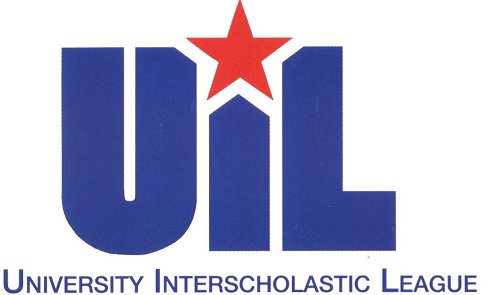1 hour ago
1 hour ago
1 hour ago
PERSONS WITH DISABILITIES WHO NEED ASSISTANCE WITH ISSUES RELATING TO THE CONTENT OF THIS STATION’S FCC PUBLIC INSPECTION FILE SHOULD CONTACT SHEILA WADE AT SHEILA@EASTTEXASRADIO.COM OR 903-572-8726 OR P.O. BOX 990, MOUNT PLEASANT, TX, 75456. QUESTIONS OR CONCERNS RELATING TO THE ACCESSIBILITY OF THE FCC’S ONLINE PUBLIC FILE SYSTEM SHOULD BE DIRECTED TO THE FCC AT 888-225-5322, 888-835-5322 (TTY), OR FCCINFO@FCC.GOV.
KALK-FM EEO Report | KSCH-FM EEO Report | KSCN-FM EEO Report | KPLT-FM EEO Report | KPLT-AM EEO Report | KIMP-AM EEO Report | KOYN-FM EEO Report | KBUS-FM EEO Report| Cookie | Duration | Description |
|---|---|---|
| cookielawinfo-checkbox-analytics | 11 months | This cookie is set by GDPR Cookie Consent plugin. The cookie is used to store the user consent for the cookies in the category "Analytics". |
| cookielawinfo-checkbox-functional | 11 months | The cookie is set by GDPR cookie consent to record the user consent for the cookies in the category "Functional". |
| cookielawinfo-checkbox-necessary | 11 months | This cookie is set by GDPR Cookie Consent plugin. The cookies is used to store the user consent for the cookies in the category "Necessary". |
| cookielawinfo-checkbox-others | 11 months | This cookie is set by GDPR Cookie Consent plugin. The cookie is used to store the user consent for the cookies in the category "Other. |
| cookielawinfo-checkbox-performance | 11 months | This cookie is set by GDPR Cookie Consent plugin. The cookie is used to store the user consent for the cookies in the category "Performance". |
| viewed_cookie_policy | 11 months | The cookie is set by the GDPR Cookie Consent plugin and is used to store whether or not user has consented to the use of cookies. It does not store any personal data. |








 EastTexasRadio.com Powered by Ten Stations
EastTexasRadio.com Powered by Ten Stations





